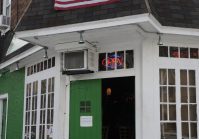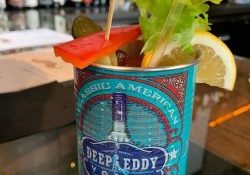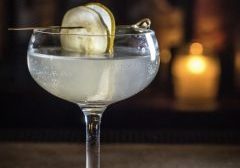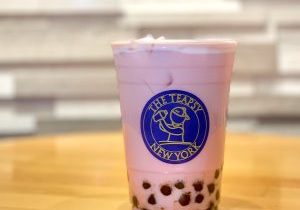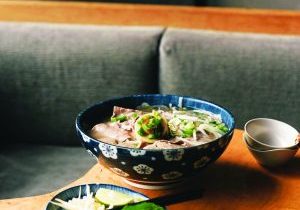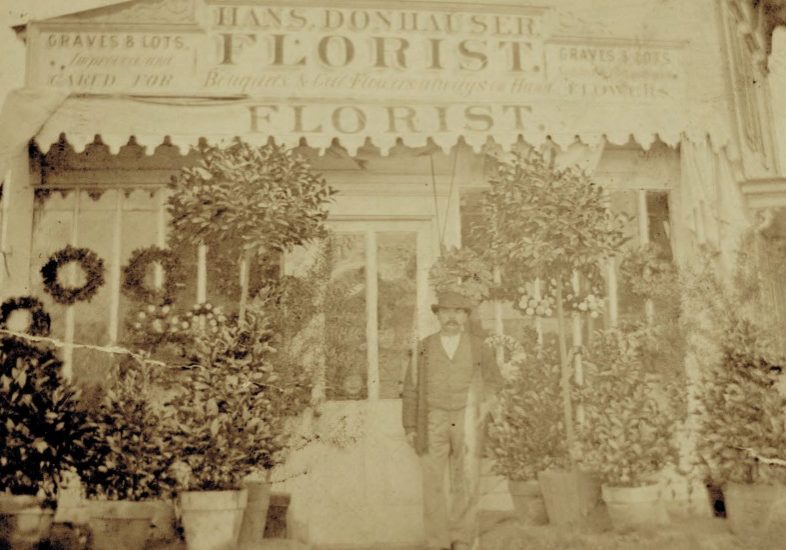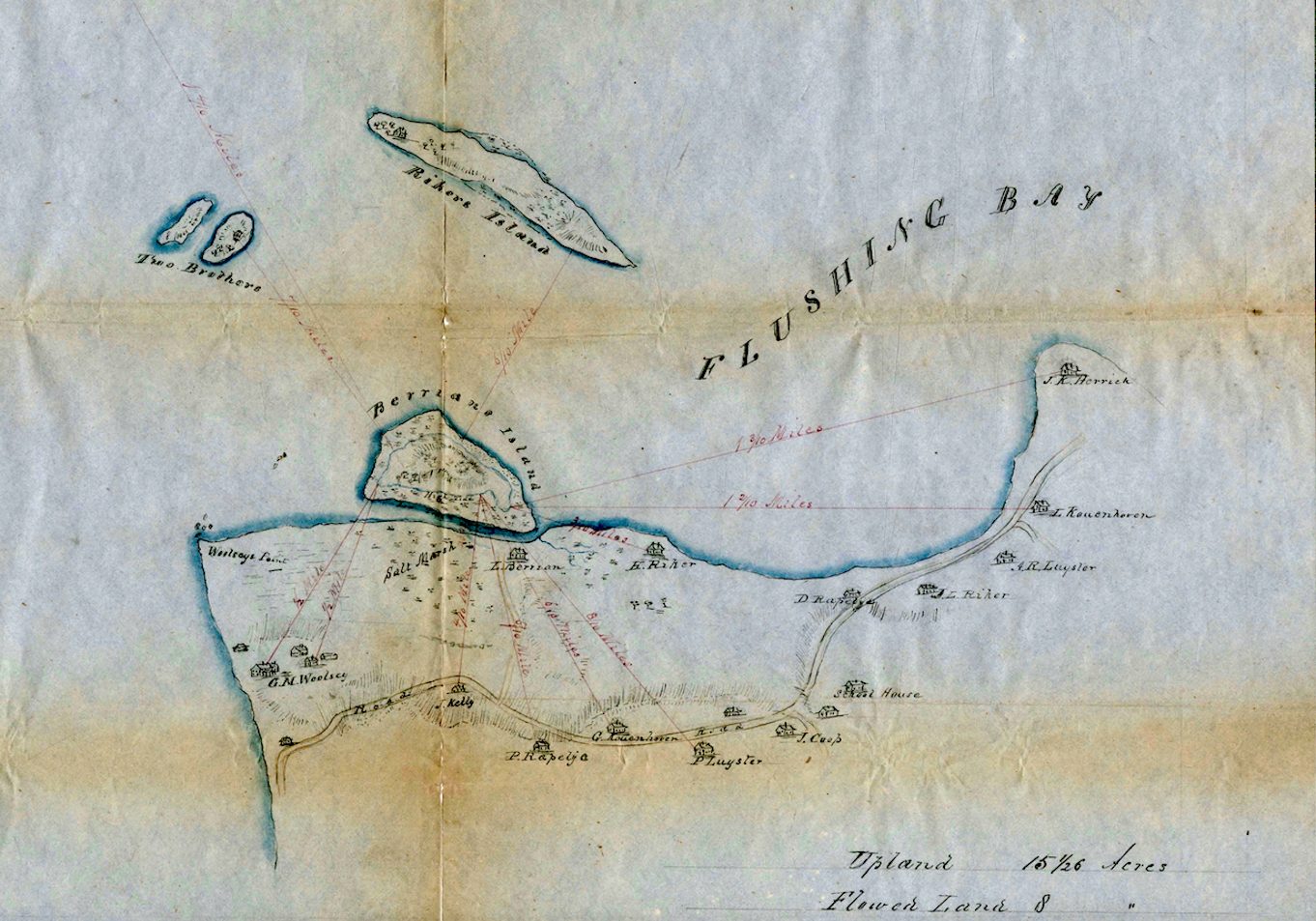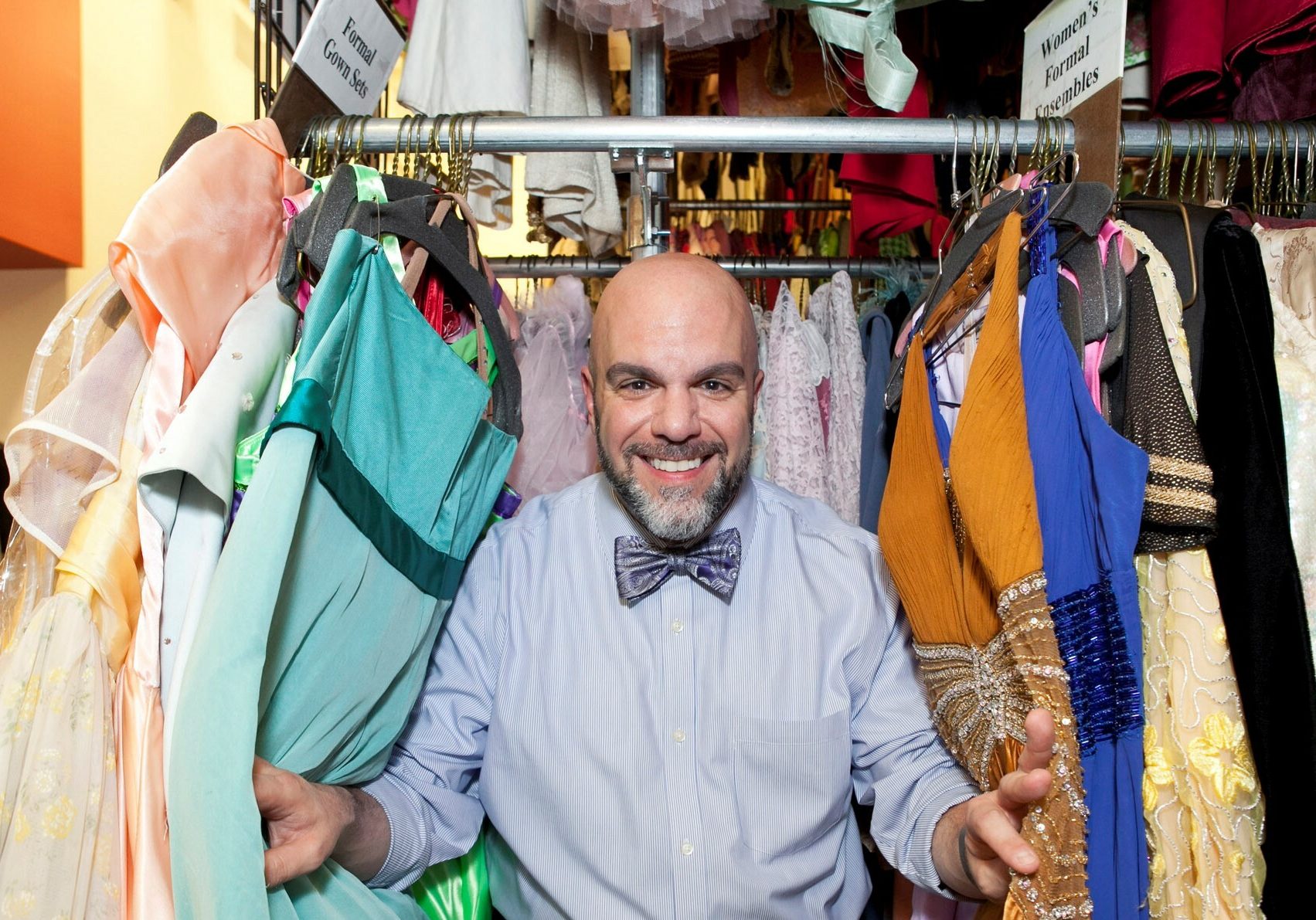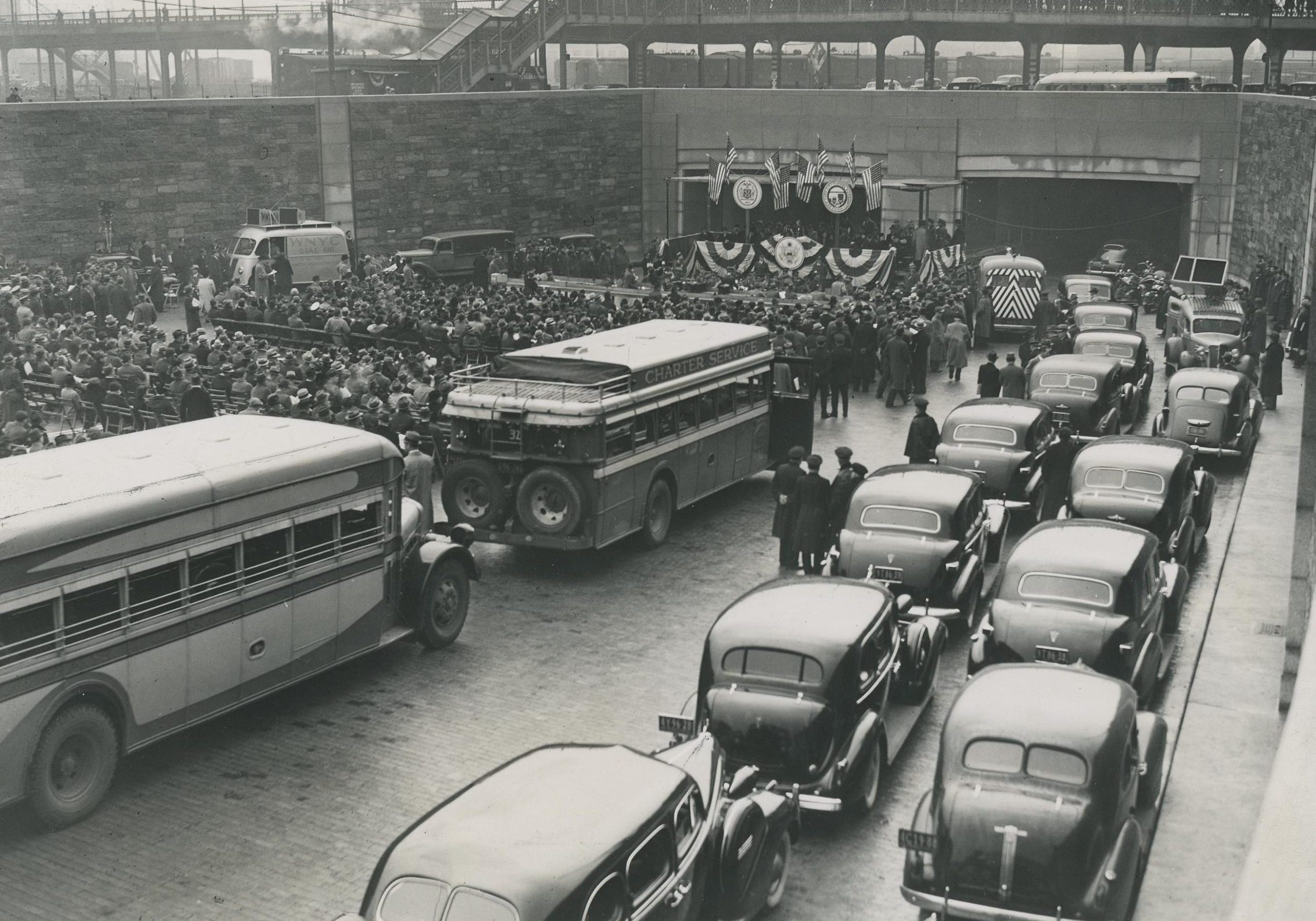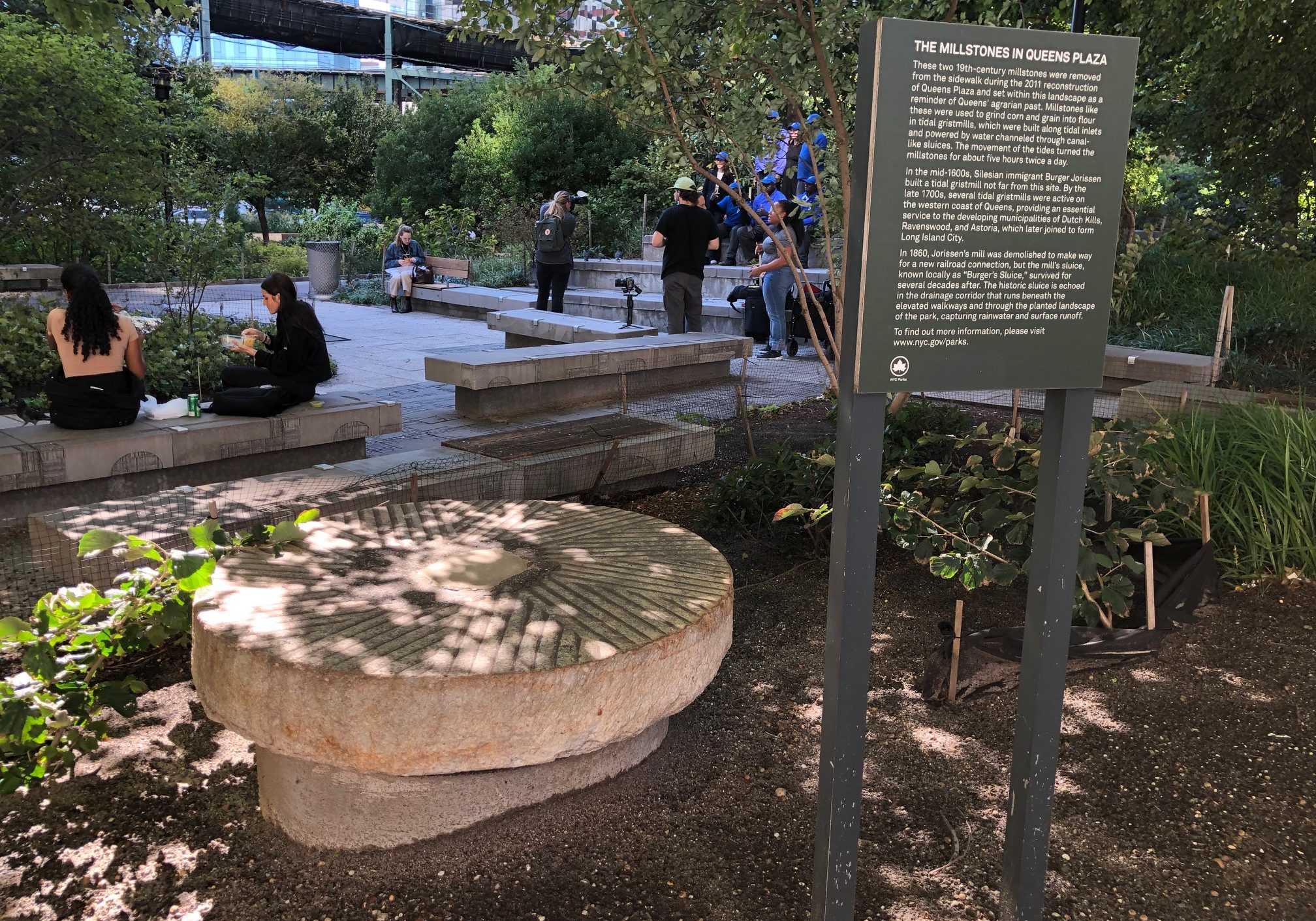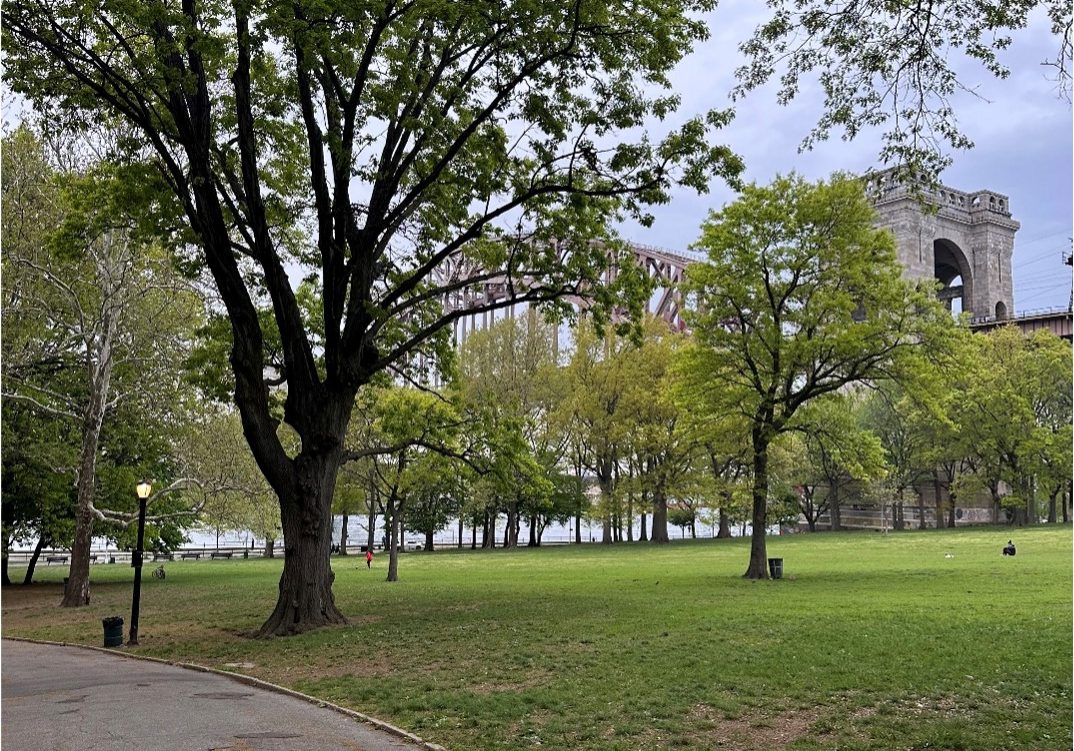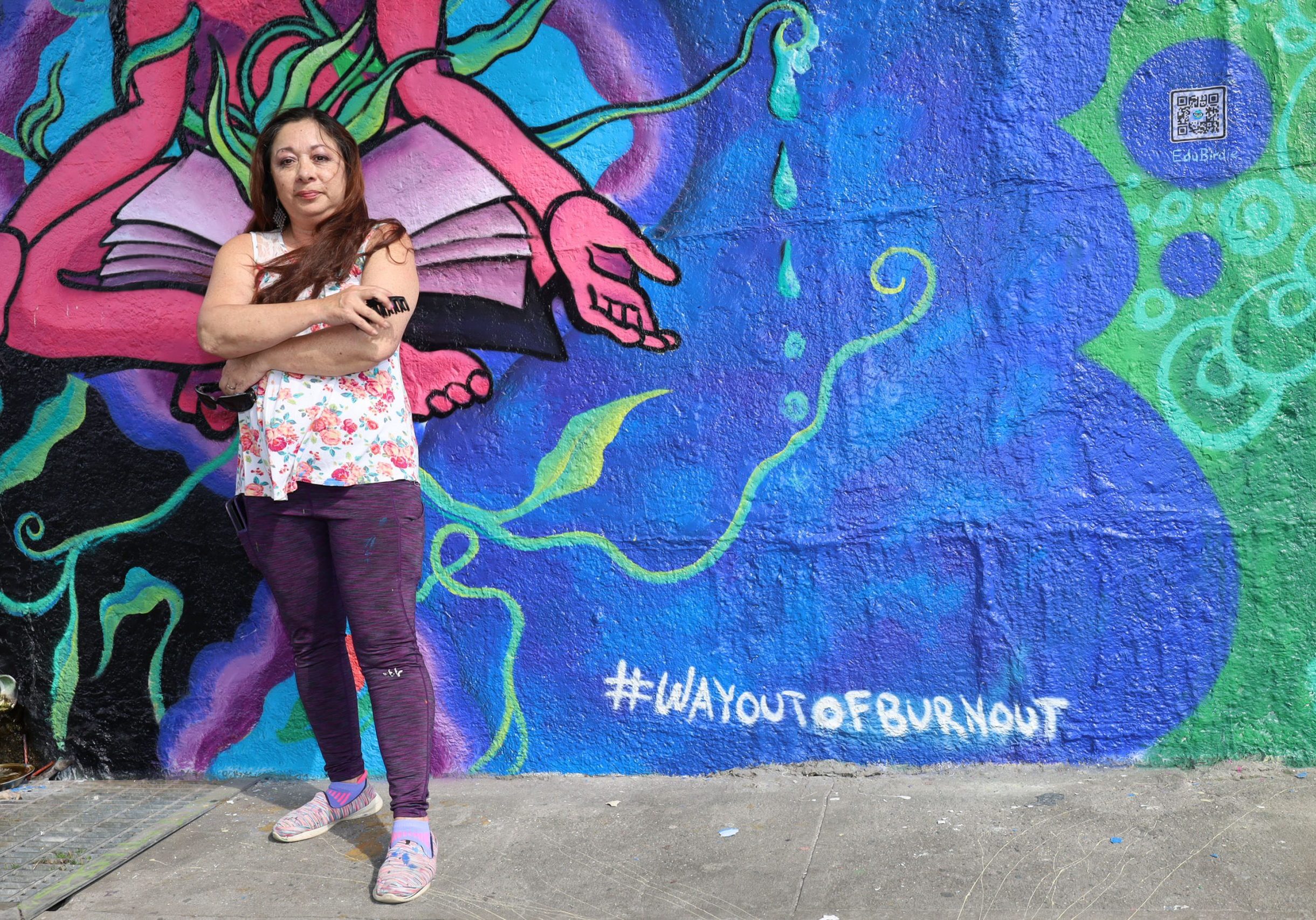Black History Month: Queens Edition
Every year, Black History Month arrives and it typically doesn’t receive the level of acknowledgment that it deserves. This year, however, commemorating Black culture is more important than ever. With our current racial divide, it is beyond essential to recognize the Black community’s role in shaping this country from its origin in order to unify us and help us progress toward a better tomorrow. Here are a few places in Queens that are part of Black history that you’ve probably never heard of, but should try and pay a visit to this month.
Lewis Howard Latimer was an African American inventor and electrical pioneer. Pictured is the house he lived in from 1903 to 1928. Latimer was one of the founders of the Unitarian Universalist Congregation in Queens, and he was best-known for his work with figures like Thomas Edison and Alexander Graham Bell. His most reputable research involved his work with Edison in which he designed higher-functioning lightbulbs. Today, the red and white house contains a museum dedicated to Latimer’s work and the achievements of other Black scientists. The Historic House Trust affirms that, “Today, the New York City landmark’s exhibitions and public programs call attention to Latimer’s and other African Americans’ contributions to science, technology and American life.” (34-41 137th St., Flushing)
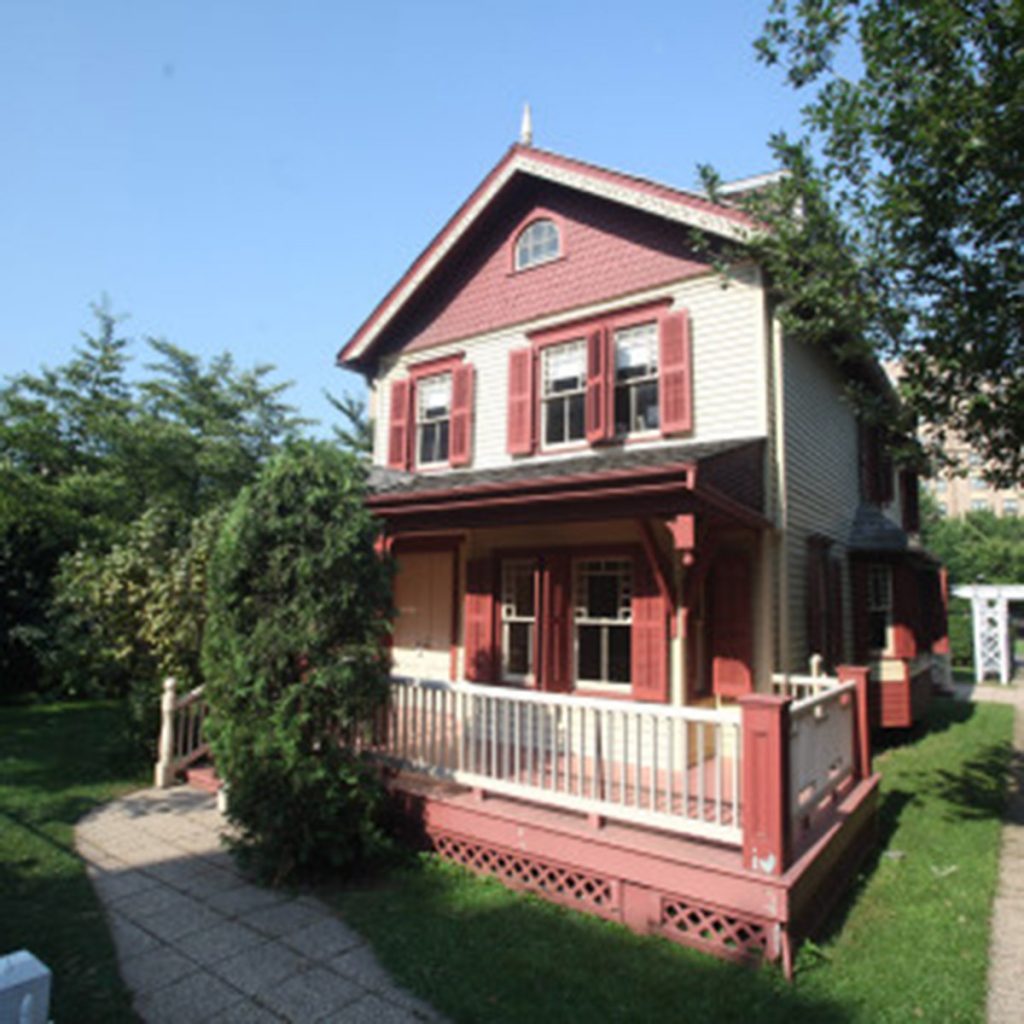
Our next historic figure took the more artistic route. Louis Armstrong was a jazz trumpeter originally from New Orleans, but moved to Corona, Queens, in 1943. He and his wife, Mrs. Lucille Wilson, lived there until 1971, when Armstrong sadly passed away after a heart attack in his sleep. The Louis Armstrong House Museum & Archives is a National Historic Landmark and a New York City landmark. Now, the house has become a museum that hosts concerts along with a series of educational programs. “[They] also provide access to Armstrong’s extensive archives, and develop programs for the public that educate and inspire.” Learn more at www.louisarmstronghouse.org. (34-56 107th St., Corona)

(115-24 Grosvenor Rd., Kew Gardens) This house belonged to Ralph J. Bunche, the first African American to be awarded a Nobel Peace Prize. He not only served as a member of the United Nations, he actually helped found it, which earned him the Presidential Medal of Freedom, presented by President John F. Kennedy. Bunche won the Nobel for mediating peace agreements between Israel and other Middle Eastern countries. Bunche lived here as a Queens resident with his wife and three children for 30 years. After suffering from a number of ailments, including kidney and heart disease, Bunche passed away in New York City on December 9, 1971. In 1976, the Bunche’s Kew Gardens home was declared a National Historic Landmark. Unlike most homes-turned-NHL, this one was not transformed into a museum.
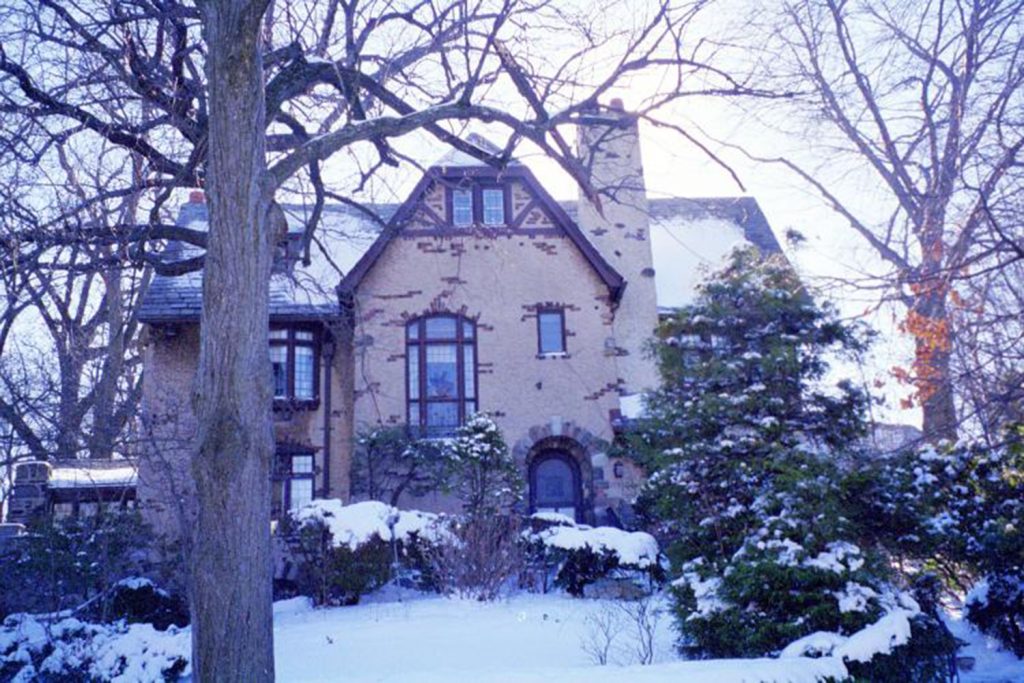
Last but not least, we have Queens native, Marie Maynard Daly, to honor. Daly was a biochemist and the first woman in the United States to earn a Ph.D. in chemistry. Because of World War II, many opportunities became available to women, especially in fields that were mainly male-dominated, such as science. Her contributions to the field included research on cancer, hypertension and nuclear proteins. Additionally, Dr. Daly worked hard to recruit students of color and encouraged them to pursue a higher education; she created a scholarship fund for Black students studying science at Queens College. Finally, in 1944, Dr. Daly enrolled in a doctoral program at Columbia University and even received a fellowship. Daly passed away on October 28, 2003, at the age of 82. In 2016, a new elementary school in St. Albans, Queens, was named the Dr. Marie M. Daly Academy of Excellence in her memory.
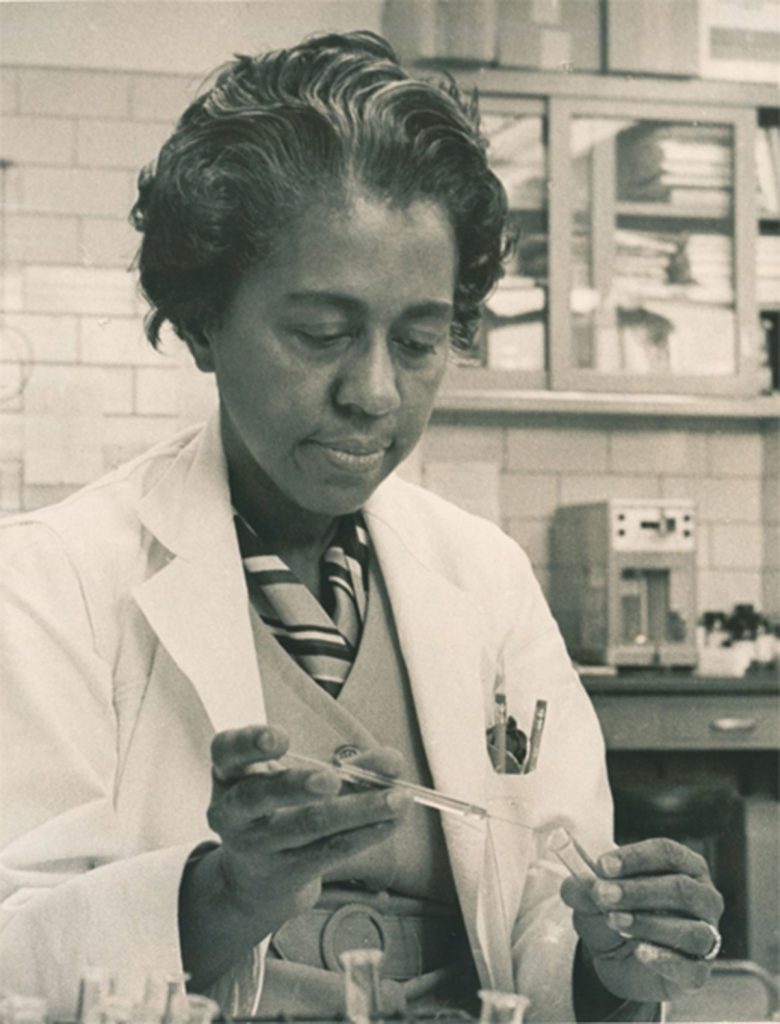
Oftentimes our education system fails to teach us the full story behind U.S. history, namely, how much of it is truly founded on the African American community. As adults, it is our moral responsibility to break that pattern and strive to spread awareness of this reality among the youth of today if we hope to ever see a brighter tomorrow. This month, commit to doing exactly that: educate yourself, educate your friends and family and pay respects that are long-overdue, whether that mean visiting these landmarks, reading Black literature or fighting racism’s everyday micro-aggressions. We must appreciate and uplift Black voices this month and always! BLACK LIVES MATTER.

